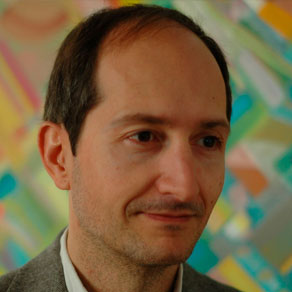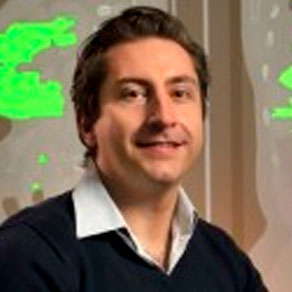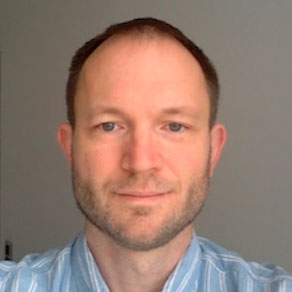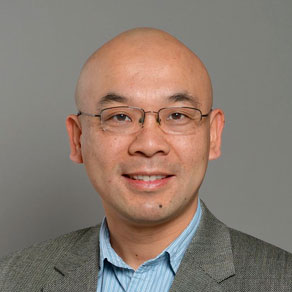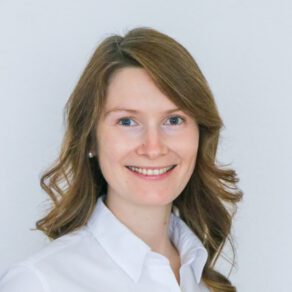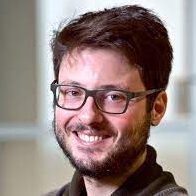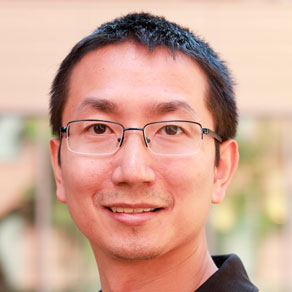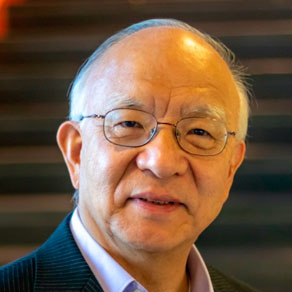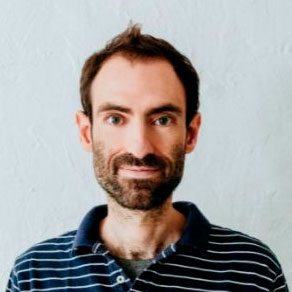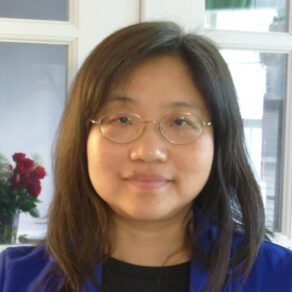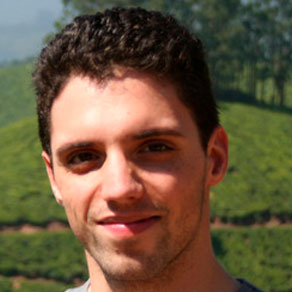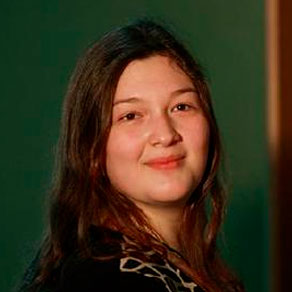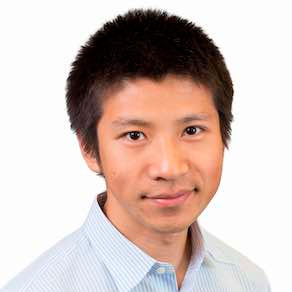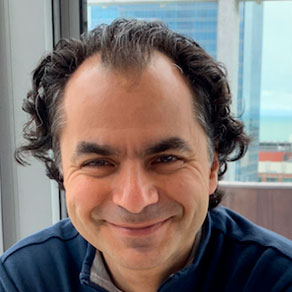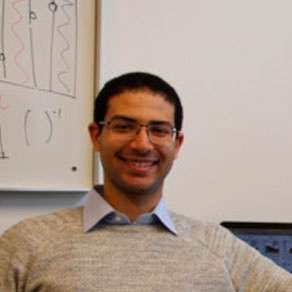
Othmane Rifki
[introductory/advanced] Speech and Language Processing in Modern Applications
Summary
Language is the fundamental building block of human communication. We live in an age where communication is dominated by digital representation of language. In this course, I will explore the fundamentals of Natural Language Processing (NLP) that aims at not only understanding single words or utterances, but be able to understand them in context and even generate them. This basic technology is fundamental to the language functions we use everyday: web search, social networks, translations, speech-to-text, and many more other functions. We will learn how to analyze massive quantities of unstructured text and speech data, how to build models that uncover contextual patterns, and produce insights from text and audio. We will focus on state-of-the-art Transformer-based models such as BERT for text and wav2vec for speech. We will explore how modern data-intensive applications serve and support these models at scale while maintaining reliability and reducing latency. By the end of this course, you will be ready to design, build, and serve an NLP application and interact with it via the web.
Syllabus
The lectures will discuss various aspects of building a NLP application. We will cover how to build text embeddings, how Transformer architecture and self-attention work, how to leverage self-supervision and pre-trained models to achieve superior NLP results, and finally how to manage inference challenges and deploy your models for live applications.
References
Speech and Language Processing, by Dan Jurafsky and James H. Martin: https://web.stanford.edu/~jurafsky/slp3/
Transformers for Natural Language Processing, by Denis Rothman.
Natural Language Processing with Transformers, by Lewis Tunstall, Leandro von Werra, & Thomas Wolf.
Designing Data-Intensive Applications, by Martin Kleppmann.
Pre-requisites
Experience with Python coding and use of libraries, functions and parameters. Basic understanding of a deep learning framework such as Tensorflow, PyTorch, or Keras. Basic knowledge of machine learning.
Short bio
Othmane Rifki received his PhD in 2017 from the Department of Physics at the University of Oklahoma. His research was focused on how to search for rare signals of new particles and new forces at the Large Hadron Collider at CERN in Geneva, Switzerland (cern.ch). During this work, he relied on modern machine learning techniques to find signal among huge amounts of background noise. For the last two years, Othmane was the principal applied scientist at Spectrum Labs (spectrumlabsai.com), a startup that aims at understanding language in the internet using contextual AI. His main focus was in building NLP and speech applications that are served at scale to detect disruptive and toxic behaviors in real-time.

